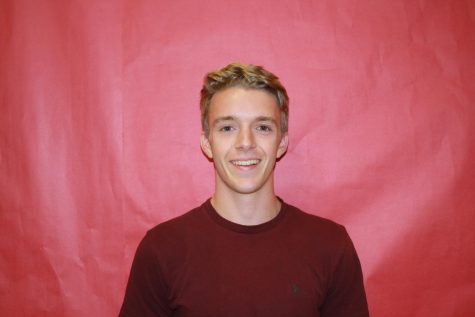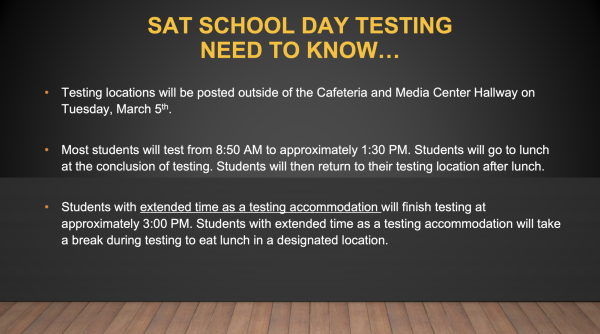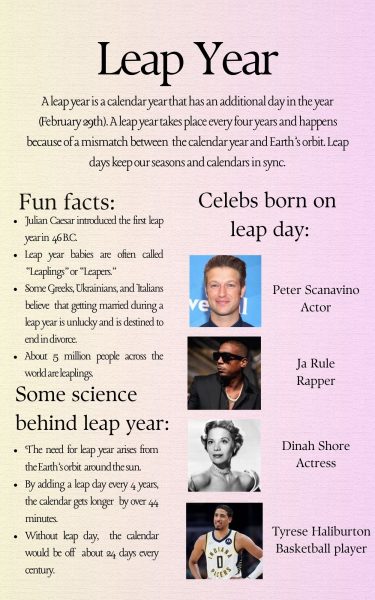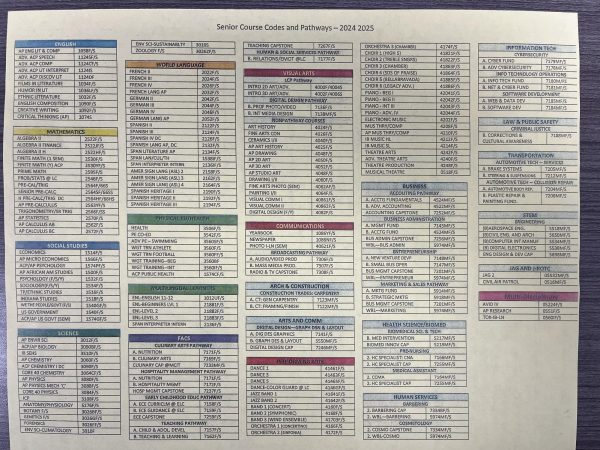Breakdown of DACA
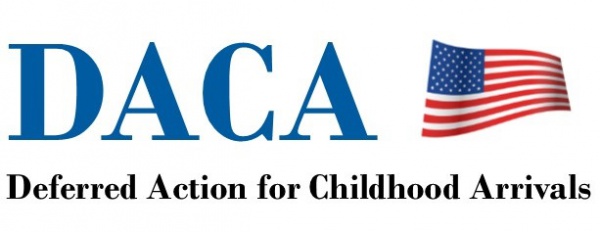
The Trump administration announced on Tuesday that it would be rolling back the program giving temporary legal immigration status to people who arrived in the US illegally as children. Attorney General Jeff Sessions said the US would end the Deferred Action for Childhood Arrivals (DACA) in March 2018, leaving more than 800,000 people benefiting from the program in fear of their immigration status. On Wednesday and Thursday morning students at LN protested the decision, leaving many others wondering what exactly DACA is and how its termination is going to affect those around them.
What is DACA?
DACA is a federal government program that was created by President Obama in 2012 under an executive order. The program has allowed hundreds of thousands of young people who were brought to the United States illegally as children to remain in the country. Applicants cannot have a serious criminal history, and they had to have arrived in the US before 2007, when they were younger than 16 years old. DACA recipients can live and work legally for renewable two-year periods.
Who does the DACA decision affect?
Almost 800,000 people have been granted approval since the program was established. Sometimes known as “Dreamers,” most DACA recipients are from Mexico, El Salvador, Guatemala and Honduras, and the largest numbers live in California, Texas, Florida and New York. They currently range in age from 15 to 36, according to the White House.
Why are they called ‘Dreamers’?
DACA was a compromise created by the Obama administration after Congress failed to pass the Development, Relief and Education for Alien Minors (DREAM) Act. The DREAM Act would have offered those who came to the US illegally as children the opportunity to gain permanent residency. DREAM has failed to get through Congress several times.
How does this affect students at LN?
Some students at LN are protected by DACA, as are family members or friends, so they are worried about the future of their immigration status or those they know.



